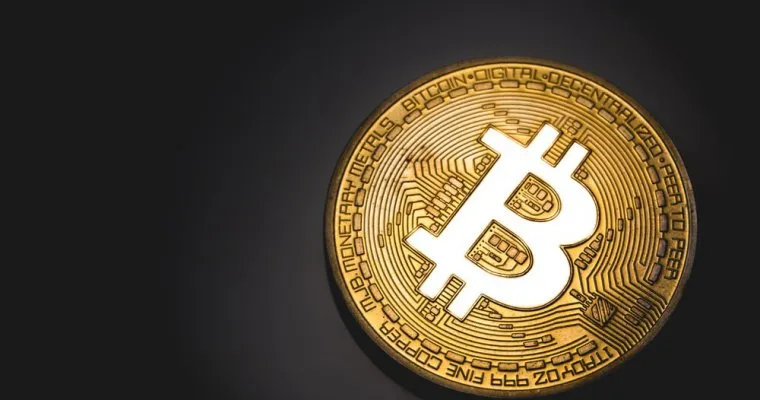
Recently, the Winklevoss twins stated that Bitcoin will ultimately become a trillion dollar asset. The twin’s primary argument is the network effect of bitcoin, ultimately, will create a moat protecting it from the onslaught of other cryptocurrencies. Cameron Winklevoss put it this way, “Social networks grow in value exponentially based on the number of users and participants. The difference between one and 100 is dramatic — 100 and a million is that much more dramatic and exciting. As more people join it gains more value.”
To get an understanding of this argument and put it to test, let’s go back to Irving Fisher’s equation of exchange: MV=PQ
Essentially, this equation just shows the relationship between the money stock and the two most important subjects to macroeconomists: prices and real output. I recently wrote an article applying it to the bitcoin ecosystem here.
Ok, what does the formula mean again?
MV=PQ
M= The stock of money. The amount of money circulating in the economy.
V= The velocity of money. The speed that money is spent.
P= The overall price level.
Q= The economy’s real-output.
To apply it to the bitcoin ecosystem we can change the variables a bit:
B=The stock of bitcoin. (The market cap)
V=The velocity of bitcoin.
P=The overall bitcoin price level measured by fiat.
U=The real-world utility, real crypto output, or the “market” for bitcoin transactions.
Crypto Utility Drives Up Bitcoin’s Value
Simple napkin algebra says that as you increase the number of real-world applications for bitcoin, U, and hold V and P constant, the value of the bitcoin money stock will increase. Right now there is not much debate as to whether there is a market for transactions and utility of a digital asset or currency. Essentially, U is increasing rapidly.
We could also create an inflationary situation where the price level, measured in fiat, increases. When this happens, holding V and U constant, the value of the bitcoin money stock will increase, relative to fiat.
For now, we will hold velocity constant but this is a different monster. Currently, bitcoin is being used primarily as a store of value so velocity is low. I would guess that velocity has decreased with the recent run-up in prices and high transaction fees.
The Battle
So the real crux of the debate, and what the market is battling over now, is whether the B money stock is a non-dilutable constant and, more importantly, if it can hold off attacks by rival cryptos.
The Winklevoss twins think it can and primary point to the network effect and the wide moat it creates in this battle. If bitcoin can secure the undisputed B spot in BV=PU, then the increased use and utility of bitcoin to solve problems will pull up the market cap of B. Since bitcoin’s money stock can’t be increased, the decimal in bitcoin transactions will move to the left, raising the value of bitcoin, relative to fiat.
The Network Effect
Let’s define the network effect and ponder if it will be able to defend the attack by rivals on bitcoin. The network effect is a phenomenon whereby a product gains more value as it adds more users. When a network effect is present, the value of a product or service increases according to the number of others using it. The network effect is heavily written about in economics. It is a positive network externality that increases marginal utility to all network users as more users join the network.
At a certain point, a network hits a critical mass, where at the critical mass point, the value obtained from the good or service is greater than or equal to the price paid for the good or service. At critical mass, a moat has been created and rivals cannot penetrate the network. An example of an insurmountable moat created by the network effect is Facebook. Surely there are other superior social networks that operate way better than Facebook, but they are worthless because nobody else is on them.
Because BV=PU in the crypto ecosystem, the market now is placing bets on the width of bitcoin’s moat. If the network effect is strong enough to ward off an attack, B becomes impenetrable and unable to be diluted. With a fixed money stock, an increase in the worlds appetite for transactions in bitcoin (U) will drive up the price and market cap of bitcoin.
Have We Reached Critical Mass?
CBOE’s futures, Japan’s bitcoin infrastructure, and new firms filing for ETF applications, are events that are signaling that we are getting close to critical mass and an impenetrable moat with bitcoin.
Ethereum is a whole other monster and its applications could be world changing. Can the two live side by side? Can an ethereum like network and market making ecosystem be created for bitcoin? Could ethereum be more a medium of exchange and bitcoin more of a store of value? Can a cryptocurrency gain critical mass without the ability to buyout an up-and-coming rival? Could the bitcoin community collaborate to buy an up-and-coming rival and destroy it? These are tough questions that the market is digesting as we speak and the prices are telling a story.
Facebook did wipe out My Space and Google wiped out Yahoo. The first-mover advantage didn’t win but clearly, they were not at critical mass. Will an alternative currency cross bitcoin’s moat or is it too wide and protected by critical mass and the network effect? Please comment your opinion below.